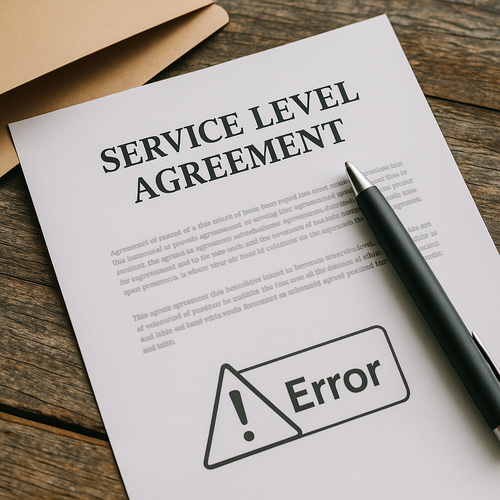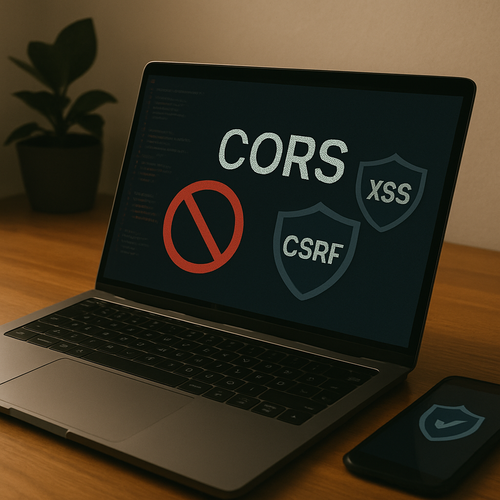
Reliable API integration is built not only on speed, but also on predictability of crash behavior. We provide complete documentation on error codes and SLA (Service Level Agreement) guarantees so that each partner knows what to expect from the system in any conditions.
This helps plan architecture, write robust code, and trust integration even in critical scenarios.
What is included in SLA and error documentation
| Section | What includes |
|---|---|
| SLA metrics | Uptime, average response time, number of errors allowed |
| Temporary regulations | Maximum response time and incident resolution |
| Error codes (HTTP status) | Decryption of 4xx/5xx codes, processing recommendations |
| Errors in the response body | Format of JSON errors, fields' code ',' message ',' details' |
| Examples of error handling | Examples of processing 401, 403, 429, 500 and other errors |
| Timeout Behavior | What to do when limits are exceeded or API is unavailable |
Why do businesses and developers need it?
Confidence in API stability- Quickly pinpoint cause of failure
- Reduce support burden
- Automate error handling in client code
- Clear system expectations for loads and incidents
How we implement
Publication of documentation on error codes (Swagger, Redoc, Markdown)- Separate section on SLA on the developer portal
- Setting SLA metrics via Prometheus, Datadog, UptimeRobot
- Integration with alerts and monitoring
- Incident support via SLA triggers and ticket system
Where especially important
Financial and insurance services- Mission-critical mobile apps
- B2B platforms with a large number of clients
- Public APIs that have SLA obligations
SLAs and error documentation are your protection against surprises. We help integrators understand the system, and business - to guarantee the quality of service.
Contact Us
Fill out the form below and we’ll get back to you soon.









